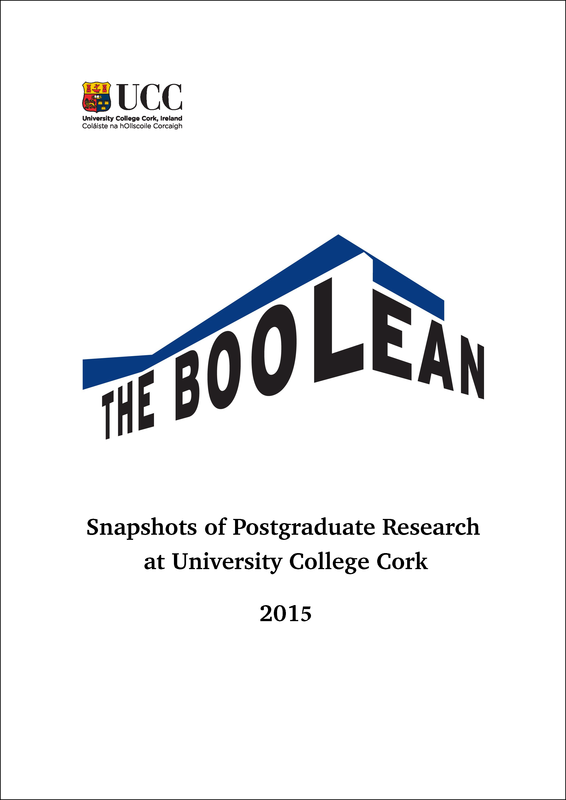Blue mountains, empty waters: the evolution of Chinese landscape painting under the influence of Chan Buddhism
DOI:
https://doi.org/10.33178/boolean.2015.10Abstract
In this paper I will describe the evolution of Chinese landscape painting throughout the period which led from the awareness of a primordial aesthetics to the emergence of Chan Buddhism. In fact, since the Chan tradition had a pervasive and profound impact on the Far Eastern cultures, it should be analysed in a more rigorous manner than it was in the past. In particular, my thesis is that the Chan Buddhism consistently influenced the aesthetic canons and artistic themes of the epoch, expressing through the artworks original concepts and relevant philosophical ideas. Buddhism came very early to China, brought by merchants along the Silk Road and by the sea-routes. It started spreading during the Han dynasty (206 BCE – 220 CE), and the first historical proof of Buddhist influence dates back to the 1st century CE. In 148 CE the Pali Canon was translated in Chinese by the monk An ...Published
2015-01-01
Issue
Section
Articles
License
Copyright (c) 2015 the author(s)

This work is licensed under a Creative Commons Attribution-NonCommercial-NoDerivatives 4.0 International License.



